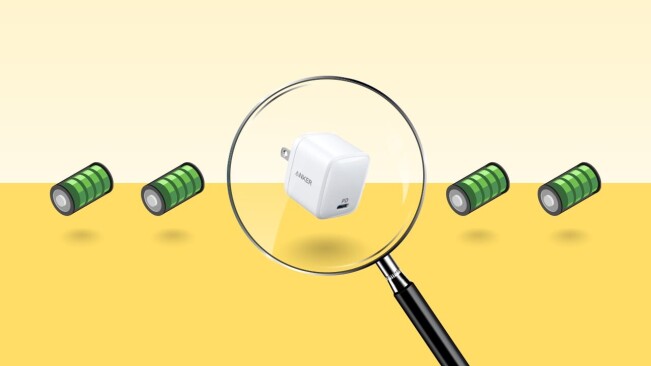All Articles for
Silicon
Silicon is a chemical element with symbol Si and atomic number 14. It is a tetravalent metalloid, more reactive than germanium, the metalloid directly below it in the table. Controversy about silicon's character dates to its discovery; it was first prepared and characterized in pure form in 1823. In 1808, it was given the name silicium (from , hard stone or flint), with an -ium word-ending to suggest a metal, a name which the element retains in several non-English languages. However, its final English name, first suggested in 1817, reflects the more physically similar elements carbon and boron. Silicon is the eighth most common element in the universe by mass, but very rarely occurs as the pure free element in nature. It is most widely distributed in dusts, sands, planetoids, and planets as various forms of silicon dioxide (silica) or silicates. Over 90% of the Earth's crust is composed of silicate minerals, making silicon the second most abundant element in the Earth's crust (about 28% by mass) after oxygen. Most silicon is used commercially without being separated, and indeed often with little processing of compounds from nature. These include direct industrial building-use of clays, silica sand and stone. Silicate goes into Portland cement for mortar and stucco, and when combined with silica sand and gravel, to make concrete. Silicates are also in whiteware ceramics such as porcelain, and in traditional quartz-based soda-lime glass and many other specialty glasses. More modern silicon compounds such as silicon carbide form abrasives and high-strength ceramics. Silicon is the basis of the widely used synthetic polymers called silicones. Elemental silicon also has a large impact on the modern world economy. Although most free silicon is used in the steel refining, aluminium-casting, and fine chemical industries (often to make fumed silica), the relatively small portion of very highly purified silicon that is used in semiconductor electronics ( −1·K−1, silicon conducts heat well. In its crystalline form, pure silicon has a gray color and a metallic luster. Like germanium, silicon is rather strong, very brittle, and prone to chipping. Silicon, like carbon and germanium, crystallizes in a diamond cubic crystal structure, with a lattice spacing of 0.5430710 nm (5.430710 Å). The outer electron orbital of silicon, like that of carbon, has four valence electrons. The 1s, 2s, 2p and 3s subshells are completely filled while the 3p subshell contains two electrons out of a possible six. Silicon is a semiconductor. It has a negative temperature coefficient of resistance, since the number of free charge carriers increases with temperature. The electrical resistance of single crystal silicon significantly changes under the application of mechanical stress due to the piezoresistive effect. Chemical Silicon is a metalloid, readily either donating or sharing its four outer electrons, allowing for many forms of chemical bonding. Like carbon, it typically forms four bonds. Unlike carbon, it can accept additional electrons and form five or six bonds in a sometimes more labile silicate form. Tetra-valent silicon is relatively inert, but still reacts with halogens and dilute alkalis, but most acids (except for some hyper-reactive combinations of nitric acid and hydrofluoric acid) have no known effect on it. However, having four bonding electrons gives it, like carbon, many opportunities to combine with other elements or compounds in the right circumstances. Isotopes Naturally occurring silicon is composed of three stable isotopes, silicon-28, silicon-29, and silicon-30, with silicon-28 being the most abundant (92% natural abundance). Out of these, only silicon-29 is of use in NMR and EPR spectroscopy. Twenty radioisotopes have been characterized, with the most stable being silicon-32 with a half-life of 170 years, and silicon-31 with a half-life of 157.3 minutes. All of the remaining radioactive isotopes have half-lives that are less than seven seconds, and the majority of these have half-lives that are less than one tenth of a second. Silicon does not have any known nuclear isomers. The isotopes of silicon range in mass number from 22 to 44. The most common decay mode of six isotopes with mass numbers lower than the most abundant stable isotope, silicon-28, is , primarily forming aluminium isotopes (13 protons) as decay products. The most common decay mode(s) for 16 isotopes with mass numbers higher than silicon-28 is , primarily forming phosphorus isotopes (15 protons) as decay products.



